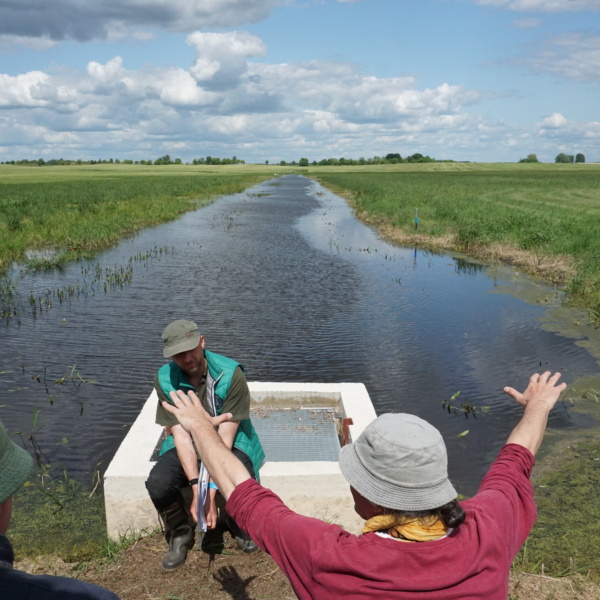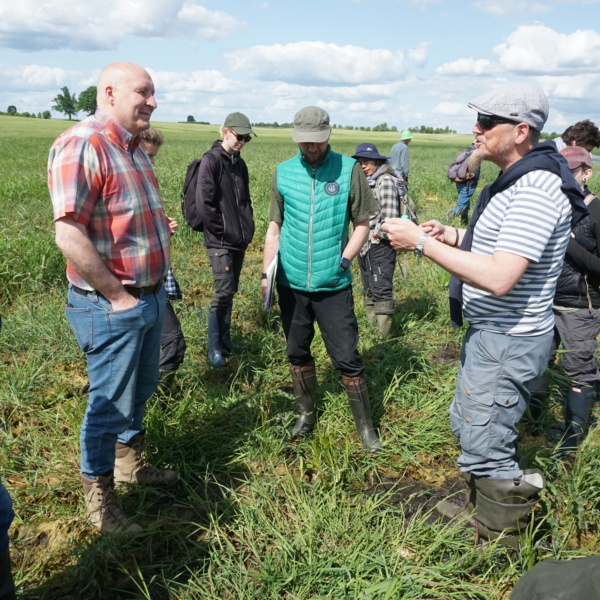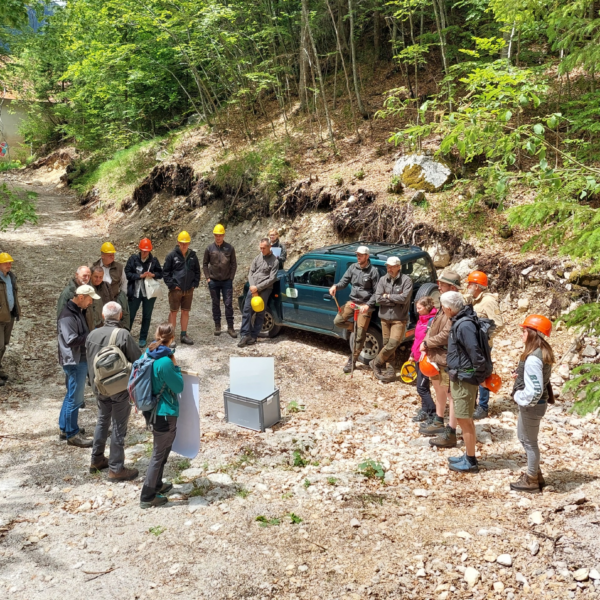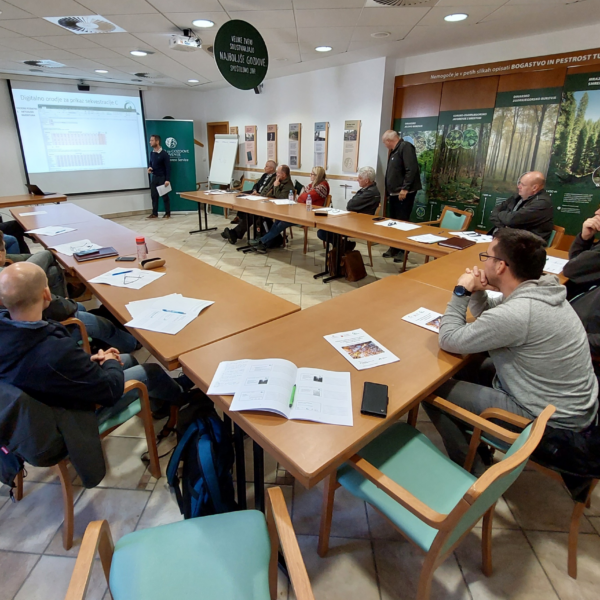Natural Sinks – The Unsung Heroes of Climate Action?
von Sofia Shabafrouz, GIZ / EUKI
If it is to achieve its goal of becoming climate-neutral by 2050, then the European Union will need to do more to leverage potential for greenhouse gas reduction. One area of opportunity in this regard is the use of natural carbon sinks, for instance unspoilt areas of peatland, which provide an organic, long-term means of storing carbon. For this reason, EUKI also funds a range of projects that are working to preserve and sustainably manage Europe’s natural sinks.
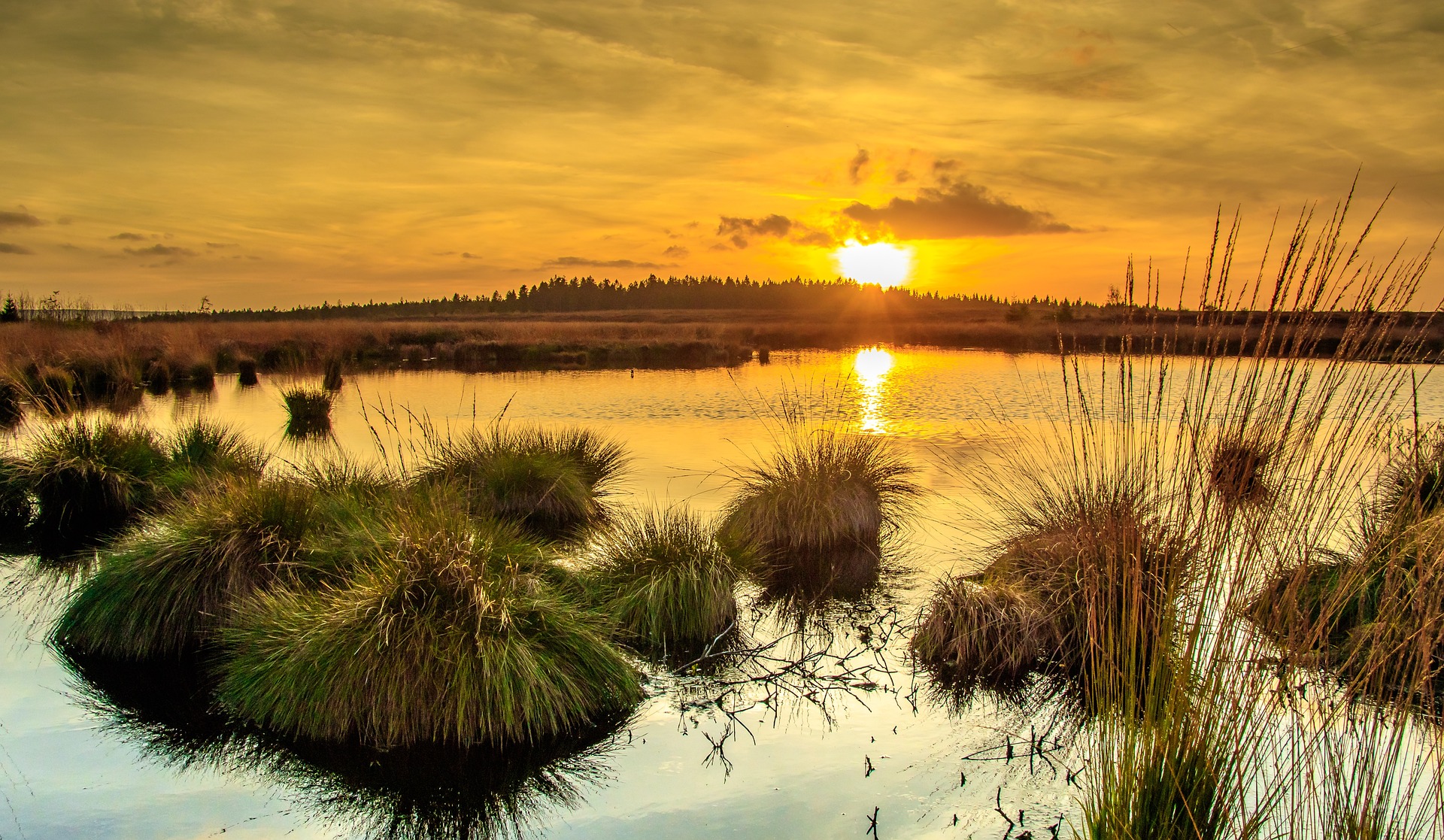
Serving as organic carbon stores, intact ecosystems (such as forests, peatlands, wetlands, kelp forests and seagrass meadows) play a pivotal role in reducing greenhouse gas emissions and, by extension, mitigating global warming. The soils and plant communities on land that is farmed or forested in accordance with principles of climate-efficiency also help to mitigate the effects of climate change and thus maintain the economic viability of entire ecosystems. Germany intends for its land use, land use change and forestry (LULUCF) sector to have the capacity to remove 40 million tonnes of CO2 equivalent from the atmosphere in 2045 in order to offset unavoidable residual emissions from such sources as industry and agriculture.
Legal framework creates incentives
The EU is using a combination of policy measures, research, innovation and practical projects to help cut carbon emissions in the areas of land use, forestry and agriculture. As part of its European Green Deal, the Union agreed in November 2022 to raise its target for net carbon removals by natural sinks to 310 million tonnes of CO2 equivalent by 2030. Under this deal, each Member State will be responsible for caring for and expanding its own carbon sinks to meet the new target.
‘Right now, Europe’s natural environment is struggling and our carbon sinks are shrinking. By setting a higher target for carbon removals through natural means and ensuring more accurate monitoring, our new regulation on land use and forests helps to redress that situation and puts the European carbon sink on a path to growth again.’, Frans Timmermans, Executive Vice-President for the European Green Deal – 11 November 2022
The European Commission also adopted a proposal in November 2023 for a first EU-wide voluntary framework to reliably certify high-quality carbon removals. The proposal will promote innovative carbon removal technologies and sustainable solutions for climate-friendly agriculture and forestry.
Peatlands: a key to reductions
While peatlands account for just three per cent of global land mass, peat is the most space-efficient terrestrial carbon sink, capable of storing around twice as much carbon as the world’s forests, which make up approximately 30 per cent of global land mass. By contrast, peatlands that have been drained for agricultural use release sequestered carbon back into the atmosphere, where it combines with oxygen to form the greenhouse gas carbon dioxide (CO2). Some 12 per cent of Europe’s wetlands have already disappeared as a result of peat extraction and other forms of environmental exploitation. To date, over 50 per cent of peatlands in European countries rich in this kind of landscape have been drained and degraded; in Germany the figure is as high as 95 per cent. These statistics are taken from a study conducted by Franziska Tanneberger of Greifswald University. According to this research, peatlands drained for conventional agricultural purposes account for just 2.5 per cent or so of EU agricultural land, yet generate almost 25 per cent of the Union’s agricultural greenhouse gas emissions.
Peatland restoration
This is why the EUKI-funded project ‘Building the European Peatlands Initiative: a strong alliance for peatland climate protection in Europe’ is working to preserve and restore these ecosystems. In its latest post entitled ‘Peat and Greet’, EUKI project partner CEEWeb for Biodiversity illustrates the problem posed by degraded peatlands and the potential for preserving, restoring and re-wetting these landscapes to help mitigate the impact of climate change. The EUKI project has joined forces with European governments and experts to forge a robust, long-term alliance for protecting and enhancing Europe’s peatlands. Knowledge-sharing activities will help institutions in countries rich in these ecosystems, primarily in Central and Eastern Europe, to combat their disappearance. The project team recently held a multi-stakeholder workshop, followed by an excursion to some of Hungary’s mires, to enable participants to discuss ideas for preserving and sustainably managing peatland areas.
Reducing carbon emissions through land use
The EUKI project ‘Carbon Capturing by Baltic Peatland Farmers’ shows how peatland areas can be re-wetted and used for agricultural purposes by means of sustainable paludiculture, a process for wet peatland farming that preserves existing peat or, ideally, encourages the formation of new peat.
Coming together to share experiences of paludiculture in Baisogala, Lithuania, Photos: © Greifswald Mire Centre
The project has already run 20 mobile exhibitions to inform the public of how renewable, above-ground biomass siphoned off from peatlands can be used to manufacture building products, insulation materials and packaging. Such initiatives not only make peatlands profitable to manage, but also help to retain their carbon stores, and reactivate their sink function under ideal conditions. Additionally, the project trains farmers and other land users in Latvia, Estonia and Lithuania in paludiculture and helps equip them to serve as instructors in their regions, passing on what they have learned to other interested parties. One of the project’s outputs is an animated explanatory video produced by EUKI project partner Greifswald Mire Centre about the link between peatlands and the climate.
Forests also offer potential for adapting to and mitigating the impact of climate change, and it is to this end that Forests for Future, another EUKI project, is working in Slovenia, where woodland areas account for 60 per cent of the country’s territory. The project is researching sustainable methods of multi-functional forest management for capturing carbon and generating steady economic revenues at the same time. Consulting with forestry experts and other stakeholders, the project team formulated policy recommendations and guidelines for forest management planning in Slovenia.
Raising awareness, drafting recommendations and devising practical initiatives – activities of the Forest for Futures project, Photos: ©Slovenia Forest Service
‘The “Forest for Futures” project is helping Slovenia to meet both its own and the EU’s climate and environmental targets. It raises awareness among key stakeholders and creates adapted forest management methods, enabling the country’s forests to adapt more effectively to the impact of climate change, and thus capture and store more atmospheric carbon dioxide. This has a positive effect on the environment, the economic viability of the forests, and human well-being.’, Matevž Konjar, Slovenia Forest Service
Click here to learn about other EUKI projects promoting carbon removal through natural sinks.


